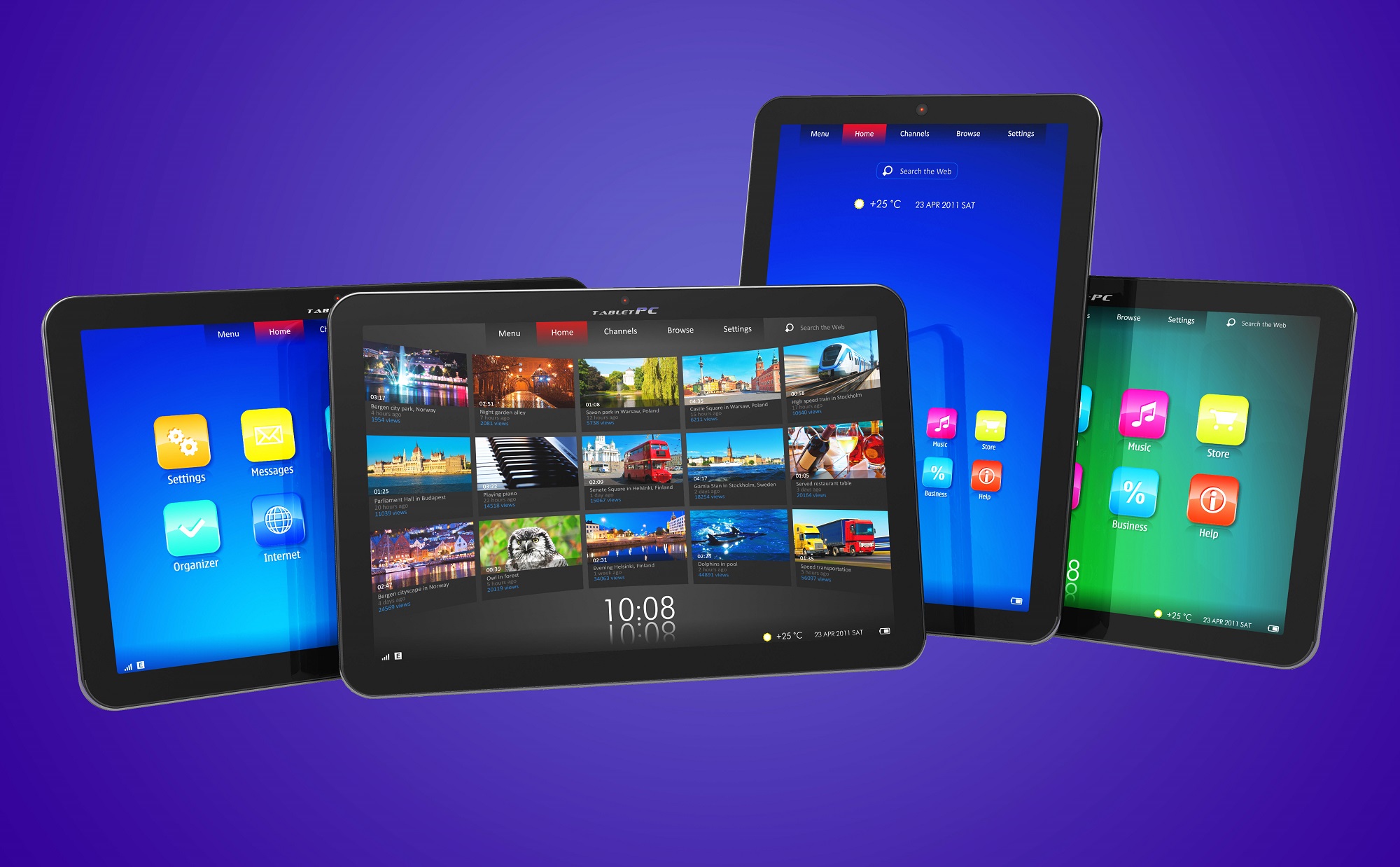
Choosing the right tablet manufacturer for your budget requires a careful assessment of your needs and available options. Here's a step-by-step guide to help you make an informed decision:
1. Determine your budget:
The first step is to determine how much you are willing to spend on a tablet. Setting a budget will narrow your choices and prevent overspending.
2. Determine your needs:
Think about how you are going to use the tablet. Your specific needs will determine the features and specifications required. Common use cases include:
-
Performance: If you need a tablet for work, consider one with a powerful processor, plenty of RAM, and productivity apps.
-
Entertainment: When using multimedia, choose a high-quality display, good speakers, and good battery life.
-
Creativity: Artists and designers may want a tablet with stylus support and a responsive touch screen.
-
Primary Use: If you primarily use your tablet for web browsing, email, and light tasks, you may want to choose a lower-end model.
3. Operating system (OS):
Choose a tablet operating system that suits your preferences and ecosystem:
-
iOS (Apple): iPads are known for their seamless integration into the Apple ecosystem. They offer a wide range of applications, but tend to be at a higher price level.
-
Android: Android tablets are versatile and come in a variety of price ranges. The Google Play Store offers an extensive library of applications.
-
Windows: Windows tablets are ideal for those who want a full desktop experience, but may cost more.
4. Screen size:
Consider your tablet screen size based on your usage preferences and portability:
- Smaller screens (7-9 inches) are more portable and suitable for on-the-go use.
- Medium-sized screens (10-12 inches) strike a balance between portability and ease of use.
- Larger screens (13 inches or larger) are ideal for productivity and multimedia, but may be less portable.
5. Productivity:
Evaluate tablet performance based on:
-
CPU: Find a processor that suits your needs, from basic tasks to demanding applications and games.
-
RAM: Sufficient RAM ensures smooth multitasking and application performance.
-
Storage: Determine the amount of storage required. Some tablets offer expandable storage options using microSD cards.
6. Brand Reputation:
Research the reputation of tablet manufacturers. Reputable brands often provide better customer support, updates, and more reliable products.
7. Reviews and user reviews:
Check reviews and user reviews for the specific tablet models you're considering. Real-world experience can provide valuable insight into performance and any potential problems.
8. Consider refurbished or older models:
If you're on a budget, consider purchasing a certified refurbished tablet or an older model. These options can provide excellent value for money.
9. Accessories and ecosystem:
Consider whether your tablet has compatible accessories, such as styluses, keyboards, or protective cases. Also, think about how the tablet fits into your existing ecosystem if you already have other devices.
10. Warranty and support:
Review your manufacturer's warranty policy and customer support options. A strong warranty can provide peace of mind in the event of equipment problems.
11. Check offers and discounts:
Look for offers, discounts and promotions from manufacturers or retailers. This can help you get more value for your budget.
12. Test your tablet (if possible):
If possible, try the tablet in a store or at a hands-on demo to evaluate its usability and comfort.
By following these instructions and keeping in mind your budget, you can choose the manufacturer and tablet model that suit your needs while staying within your financial constraints. Remember that finding the right balance between features and budget is the key to making a good purchase.






